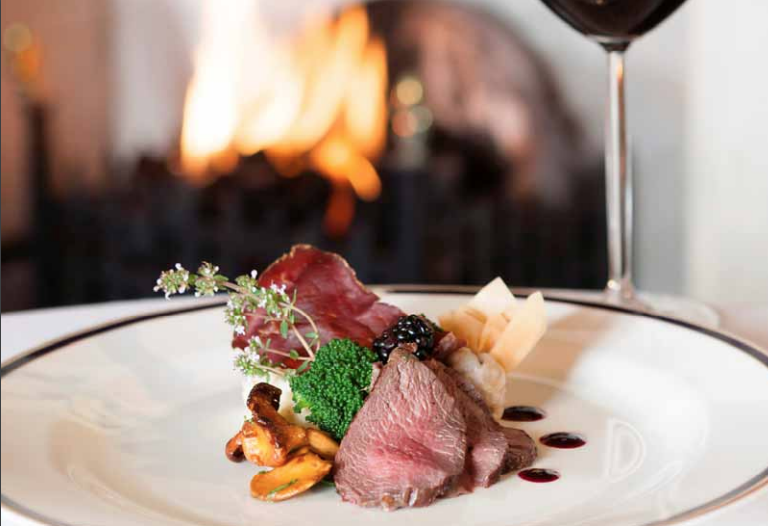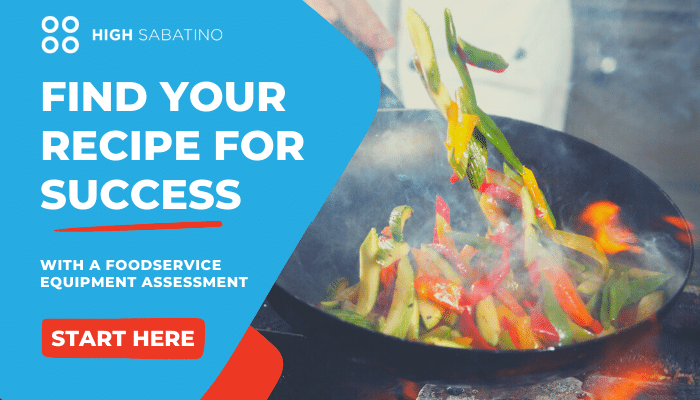When we eat, we all like tender, juicy meats that are consistently cooked. When we cook, we all like to create perfect dishes with as little effort as possible. When you combine these two things, you get the product of low temperature cooking and holding.
Why do we use cook and hold technology?
Increased product yield, higher quality food, lower labor, energy savings, no need for hoods, and most important of all, enhanced profits.
Simply put, convection ovens don't have the same capabilities as cook and hold technology. Sure, they have their place in commercial kitchens, but they will typically result in about a 25 percent reduction in yield when compared to cook and hold units. Convection overs blast dry air over the product, which eventually leads to a breakdown of the cellular structure and leads to a dry product.
Take a 20-pound roast, for example. If you take that same roast and put it in a cook and hold on lower temperatures, the same piece of meat will only shrink about seven to 10 percent. Cooking
at a lower temperature for a longer period of time, with gentle air circulation, reduces breakdown of product structure, caramelizes the exterior for an attractive roasted appearance, and seals in juices.
The result is a more moist and tender product, with an average of 23% more yield from the same 20 pound roast. More yield equals the same percentage of increased profits, meaning a cook and hold unit can wind up paying for itself in a matter of months depending on your volume.
We mentioned caramelization, and caramelization is a key to quality. If your cook and hold unit has a gentle circulation, air will reach all areas of the product leaving a natural, caramelized appearance without the aid of coloring agents. Keep in mind that air circulation is key, and it makes a better impression on the meat when compared to in-wall heating.
While low temperature cooking is important, holding food product is the other side of the coin. The hold cycle is just as important to producing tender product because during this stage, enzymes and coenzymes will continue to break down tough, connective tissues in the meat, making it even more tender. Holding cabinets should maximize the potential of these enzymes by setting temperatures between 100º F and 140º F.
Finally, there's the added benefit of convenience. Cook and hold ovens allow operators to create high quality product with high yields while simultaneously performing other functions in the kitchen. Delays in serving time will not effect the quality of the product, and the ability to cook overnight allows flavors to fully develop.









